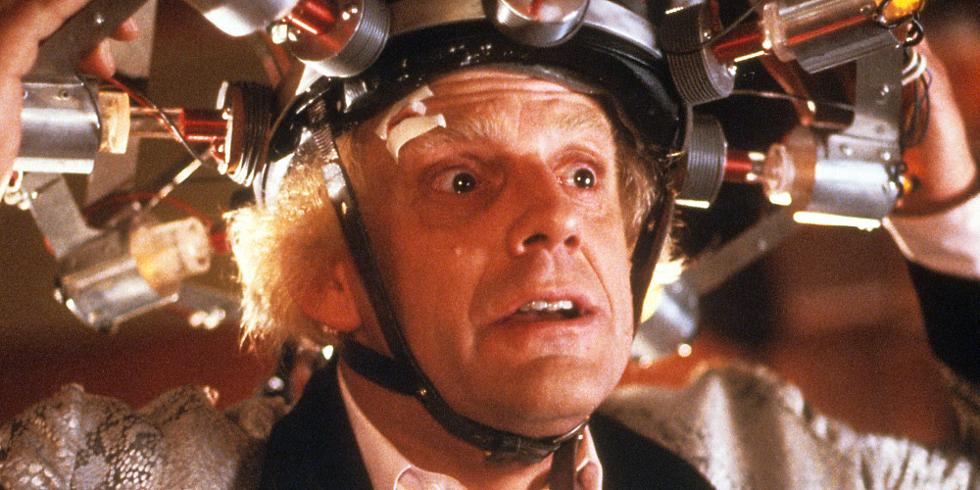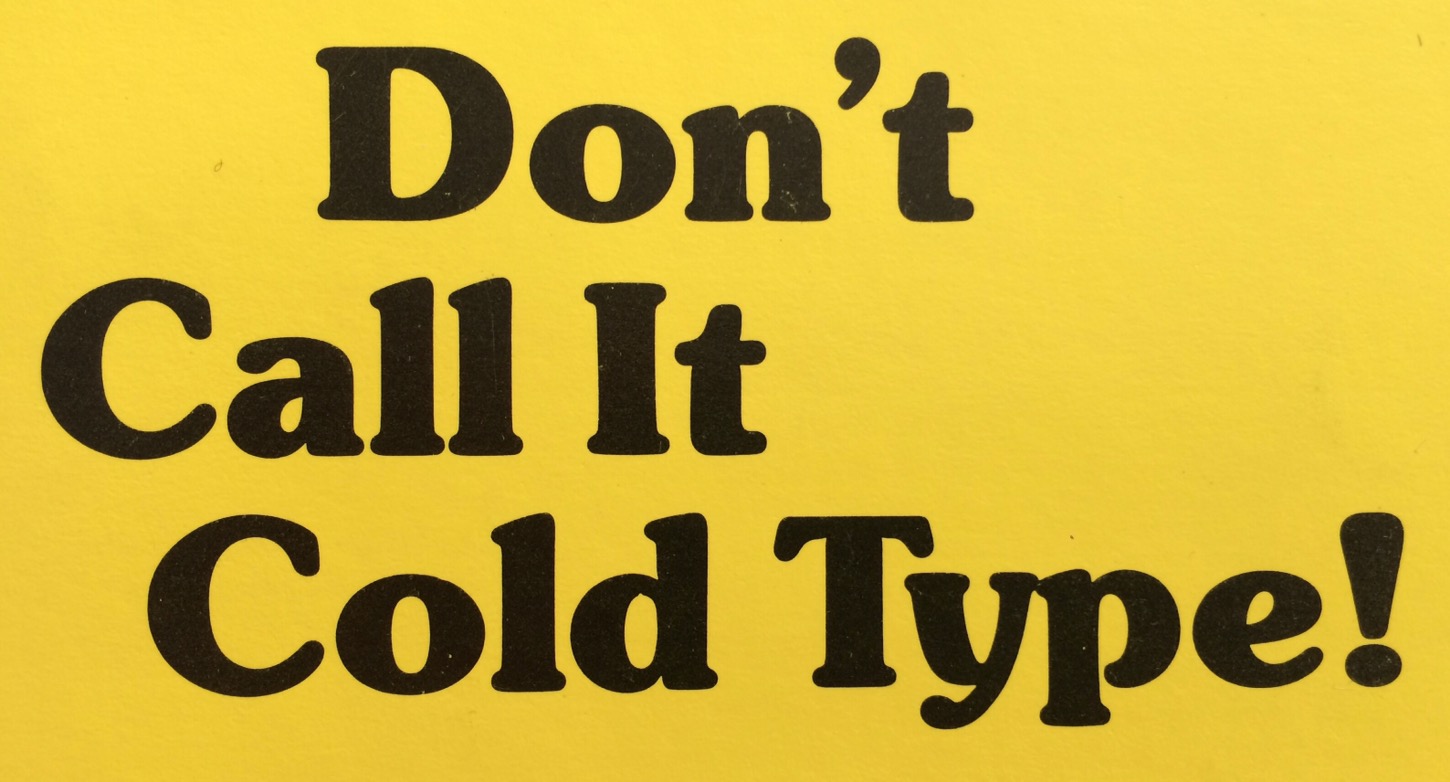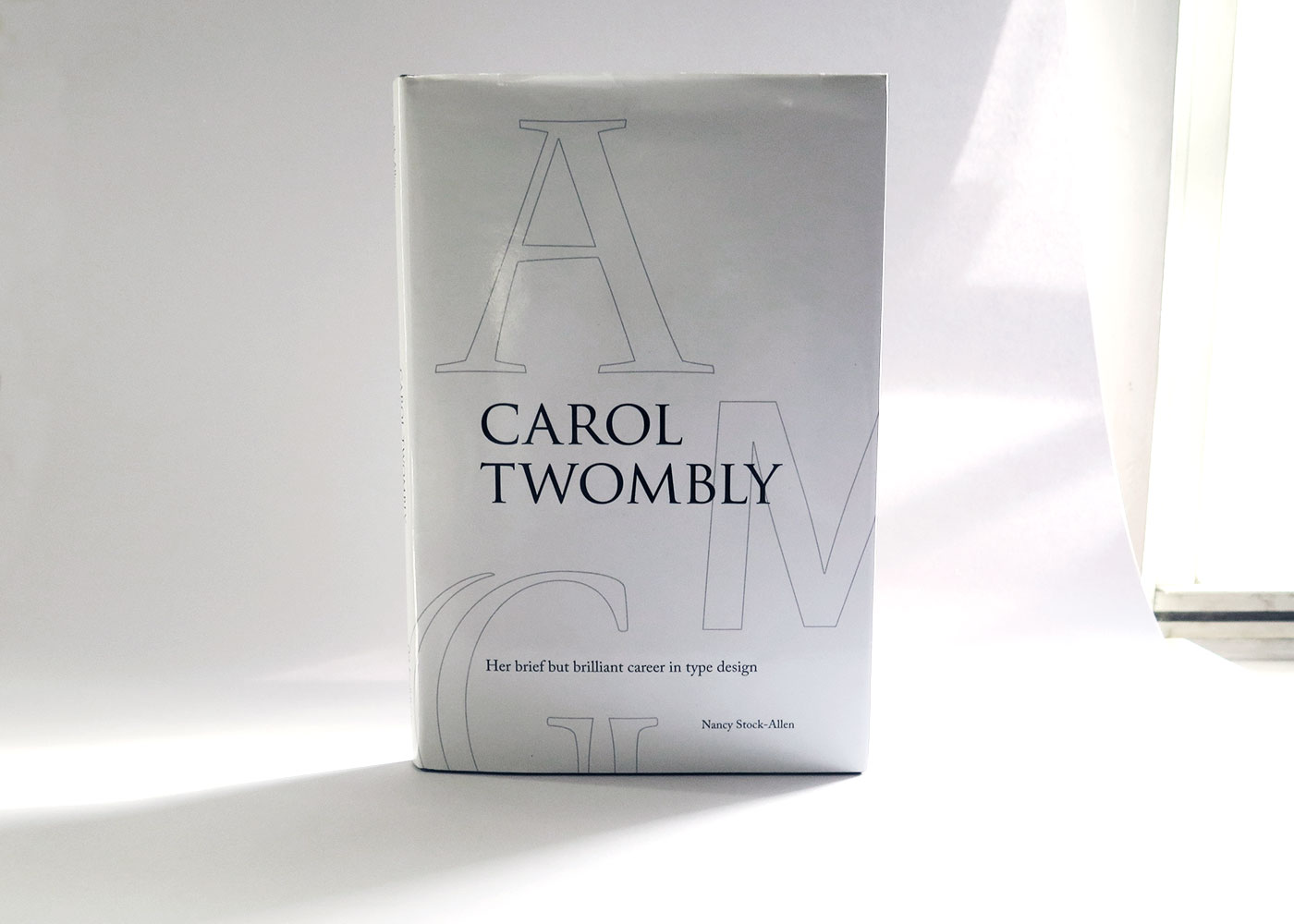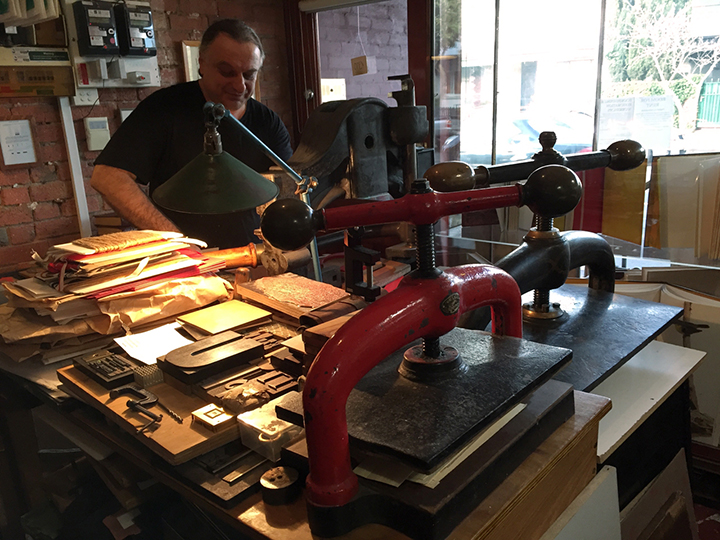Dear Alphabettes,
Of the freelancers among you, what problems and anxieties are you facing? (Is a certain amount of uncertainty and anxiety maybe even necessary for the creativity of a freelancer?) Also, what are your experiences with working from home?
Jeremy
Dear Jeremy,
I don’t know if anxiety is necessary for creative practice, but it is certainly something I battle with in life generally! (I have OCD, anxiety and have had a bunch of panic attacks — my work is absolutely a trigger).
When I started out as a designer, I imagined a career in a studio leading a team of collaborators. When I got to that point, I was earning great money, working alongside people I admired on excellent projects — I was, in theory, achieving all my goals, but I was miserable, burnt out, and a nervous wreck. The trouble was in a corporate environment I was determining my worth by the quality of my work — so every project outcome (and compromise) became critical in my self-confidence, and I was busy striving for perfection in every project which was a fast track to the psychologist’s office.
So when I found myself looking to find a more healthy balance in my career and started to seriously consider freelance I was already incredibly anxious (seeing a psychologist twice a week) — I doubted my ability — wasn’t confident I could do good work, get the right clients or pay our mortgage. I wrote a tonne of pro’s and cons lists before getting started and also mapped out my back up career if everything turned to custard! But I was incredibly fortunate to have people around me who believed in my ability when I did not. That support structure was fundamental to me being able to turn my back on a well-paying job to freelance.
Before I wrote a business plan, I drafted a bare-bones household budget (to know exactly how much I needed to earn to cover our essential bills and living expenses). Then I wrote a business plan to ensure I could meet that minimum (x hours at y hourly rate = keep a roof over our head was my most basic formula!). Breaking it down like that gave me an achievable (less daunting) entry point and a specific number of hours to strive for each month.





